Contents
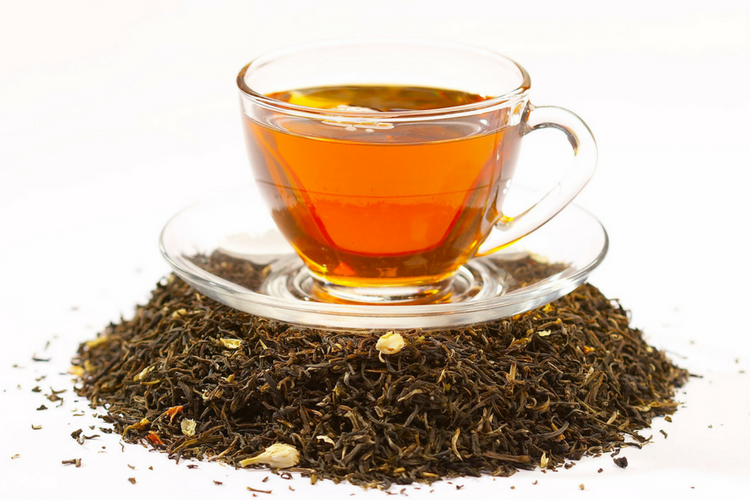
Determining the “best tea in India is subjective, as it depends on personal preferences and taste. India is renowned for producing a diverse range of teas, each with its unique characteristics. Here are some of the most well-regarded and popular types of tea from different regions in India:
Darjeeling Tea: Often referred to as the “Champagne of Teas,” Darjeeling tea is grown in the Darjeeling district of West Bengal. It is prized for its floral aroma, muscatel flavor, and light body. Darjeeling teas are categorized into different flushes, such as first flush, second flush, and autumnal.
Assam Tea: Assam, known for its robust and malty black teas, is the largest tea-producing region in India. Assam teas are full-bodied with a rich, strong flavor. They are often enjoyed with milk and sugar.
Nilgiri Tea: Grown in the Nilgiri hills of South India, Nilgiri teas are known for their fragrant and fruity characteristics. These teas are typically darker and more robust than Darjeeling teas but lighter than Assam teas.
Kangra Valley Tea: Kangra Valley, in the state of Himachal Pradesh, produces teas with a distinct flavor. Kangra Valley teas are known for their delicate aroma, light cup, and subtle muscatel notes.
Munnar Tea: Munnar, in the Western Ghats of Kerala, produces teas with a unique flavor profile. Munnar teas are often brisk, with a bright liquor and floral undertones.
Nepali Tea: While not part of India, teas from Nepal are closely related and share similarities with Darjeeling teas. Nepal produces high-quality teas with a floral and brisk character.
Masala Chai: Masala chai, a spiced tea, is a popular beverage in India. It typically consists of black tea infused with spices like cardamom, cinnamon, cloves, ginger, and black pepper. Masala chai is often brewed with milk and sweetened to taste.
Green Tea: Various regions in India produce high-quality green teas. Assam, Darjeeling, and the Nilgiri hills are known for their green tea varieties. Green tea is celebrated for its grassy, vegetal notes and potential health benefits.
When exploring the best tea in India, it’s essential to consider the type of tea (black, green, white, oolong, or herbal) and the specific characteristics that align with your taste preferences.
Tea, especially in its natural and minimally processed forms, has been associated with several health benefits. It’s important to note that individual responses can vary, and the overall health impact is influenced by various factors, including the type of tea consumed and individual health conditions. Here are some potential benefits of tea:
Rich in Antioxidants: Tea, particularly green tea, is rich in antioxidants such as catechins. Antioxidants help neutralize free radicals in the body, which may contribute to aging and various diseases.
Heart Health: Some studies suggest that regular tea consumption, especially green and black tea, may be associated with a reduced risk of cardiovascular diseases. The antioxidants in tea may contribute to improved heart health.
Weight Management: Green tea has been studied for its potential role in supporting weight loss and weight management. It may help boost metabolism and enhance fat burning.
Brain Health: The caffeine and amino acid L-theanine in tea, especially in green tea, may have cognitive benefits. They may enhance alertness, attention, and overall brain function.
Reduced Cancer Risk: Some studies indicate that the polyphenols in tea, such as catechins, may have anticancer properties. Regular consumption of tea has been associated with a decreased risk of certain types of cancers.
Improved Oral Health: Tea contains compounds that may help inhibit the growth of bacteria in the mouth, potentially reducing the risk of cavities and promoting better oral health.
Digestive Health: Herbal teas, such as peppermint and ginger tea, are known for their digestive properties. They may help soothe indigestion, reduce nausea, and alleviate gastrointestinal discomfort.
Bone Health: Some studies suggest that tea consumption, particularly green tea, may be associated with improved bone density and a reduced risk of osteoporosis.
Reduced Risk of Type 2 Diabetes: Regular consumption of certain types of tea, such as green tea, has been linked to a lower risk of developing type 2 diabetes. The polyphenols in tea may help improve insulin sensitivity.
Stress Reduction and Relaxation: Herbal teas, such as chamomile and valerian root tea, are known for their calming effects. They may help reduce stress, promote relaxation, and improve sleep quality.
Hydration: Tea is a hydrating beverage that can contribute to overall fluid intake. Herbal teas, in particular, are caffeine-free and suitable for those looking to reduce caffeine consumption.
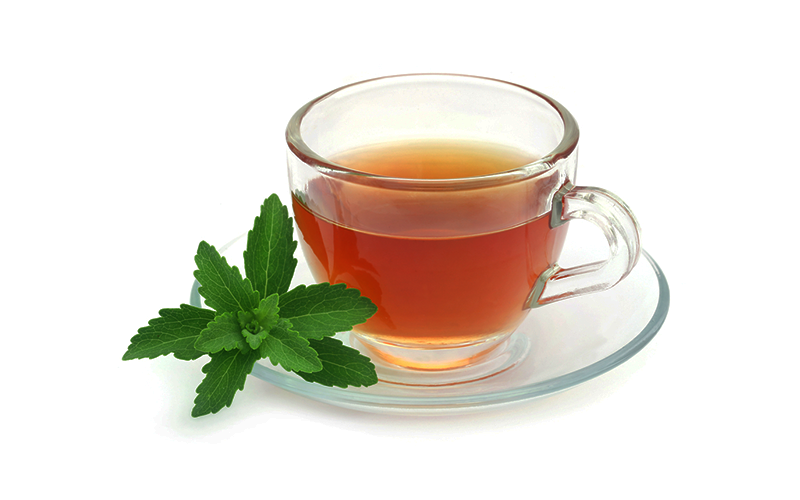
The demand for the best tea in India remains consistently high, reflecting the deep cultural significance of tea in the country and the diverse preferences of consumers. India is one of the largest tea producers and consumers globally, and tea is an integral part of daily life for many Indians. Several factors contribute to the sustained and growing demand for tea in India:
Cultural Tradition: Tea has been an integral part of Indian culture for centuries. Chai, a spiced tea brewed with milk and spices, is a staple beverage across the country. The traditional chai culture, along with the enjoyment of various types of teas, contributes to the consistent demand.
Diverse Tea Production: India produces a wide variety of teas, each with its unique flavor profile, aroma, and characteristics. From the muscatel notes of Darjeeling tea to the robustness of Assam tea, the diverse offerings cater to different tastes and preferences.
Health and Wellness Trends: As consumers become more health-conscious, there is a growing interest in the potential health benefits associated with different types of tea, especially green tea. The antioxidants in tea are often linked to various health advantages, contributing to its popularity.
Innovation in Tea Blends: The tea industry in India has witnessed innovation in the form of specialty and artisanal blends, flavored teas, and herbal infusions. This appeals to consumers seeking unique and diverse tea experiences.
Rising Disposable Income: With the country’s economic development, there has been an increase in disposable income levels. This has led to a greater willingness to explore premium and specialty teas, contributing to the demand for higher-quality and unique tea offerings.
E-Commerce Growth: The growth of e-commerce platforms has made it easier for consumers to access a wide variety of teas from different regions and brands. Online platforms provide a convenient way for consumers to explore and purchase teas based on their preferences.
Global Recognition: Indian teas, particularly Darjeeling and Assam teas, have gained global recognition for their quality and distinct characteristics. The export market for Indian teas continues to thrive, contributing to the overall demand.
Rising Tea Culture: The emergence of specialty tea shops, tea lounges, and cafes in urban areas has contributed to a growing tea culture. Consumers are increasingly willing to explore and appreciate different tea varieties beyond traditional styles.
Corporate Wellness Programs: Some companies have incorporated tea into their wellness programs, providing employees with access to a variety of teas. This promotes a healthy lifestyle and contributes to the demand for premium teas.
Tourism: India’s tourism industry often introduces visitors to the country’s diverse tea offerings. Tourists may purchase teas as souvenirs, contributing to the demand for Indian teas.
The combination of cultural significance, health awareness, diverse offerings, and accessibility through various channels contributes to the enduring demand for the best tea in India.
There are several types of tea, each with its own unique flavor, aroma, and characteristics. The differences arise from the processing methods, oxidation levels, and the specific tea plant (Camellia sinensis) used. Here are some of the major types of tea:
Black Tea:
………..
Processing: Fully oxidized.
Flavor Profile: Bold, robust, and often malty. Can range from sweet to astringent.
Examples: Assam, Darjeeling (black tea variants), Ceylon, Keemun.
Green Tea:
………..
Processing: Unoxidized or minimal oxidation.
Flavor Profile: Fresh, grassy, vegetal, and sometimes sweet.
Examples: Sencha, Dragon Well (Longjing), Matcha, Gunpowder, Gyokuro.
White Tea:
………..
Processing: Minimal oxidation, typically made from young leaves and buds.
Flavor Profile: Delicate, light, and subtle. May have floral or fruity notes.
Examples: Silver Needle, Bai Mu Dan (White Peony), Shou Mei.
Oolong Tea:
………..
Processing: Partially oxidized, falls between green and black tea.
Flavor Profile: Ranges from floral and fruity to toasty and robust, depending on oxidation levels.
Examples: Tie Guan Yin, Da Hong Pao, Formosa Oolong.
Pu-erh Tea:
………..
Processing: Fermented and aged, either as a raw (sheng) or ripe (shou) tea.
Flavor Profile: Earthy, robust, and complex. Improves with age.
Examples: Sheng Pu-erh, Shou Pu-erh, Pu-erh Tuocha.
Yellow Tea:
………..
Processing: Similar to green tea but with an additional step called “smothering” or “sealed yellowing.”
Flavor Profile: Mild, with a slightly sweet and mellow taste.
Examples: Junshan Yinzhen, Meng Ding Huang Ya.
Herbal Tea:
………..
Ingredients: Made from herbs, fruits, flowers, and spices, not from the tea plant.
Flavor Profile: Varies widely depending on the ingredients. Can be floral, fruity, spicy, or herbal.
Examples: Chamomile, Peppermint, Hibiscus, Rooibos.
Flavored Tea:
…………..
Ingredients: Traditional teas infused or blended with added flavors.
Flavor Profile: Depends on the base tea and added flavors. Can be fruity, floral, or spiced.
Examples: Earl Grey (black tea with bergamot), Jasmine Green Tea, Chai.
Yellow Tea:
………..
Processing: Similar to green tea but with an additional step called “smothering” or “sealed yellowing.”
Flavor Profile: Mild, with a slightly sweet and mellow taste.
Examples: Junshan Yinzhen, Meng Ding Huang Ya.
Blooming Tea (Artisan or Display Tea):
……………………………………..
Ingredients: Hand-tied bundles of tea leaves and edible flowers.
Flavor Profile: Floral and visually striking. Unfolds when steeped.
Examples: Flowering Jasmine Tea, Display Blooming Tea.
These are general categories, and there can be numerous variations and subcategories within each type of tea. Additionally, the flavor profile of a tea can be influenced by factors such as terroir, processing techniques, and brewing methods.
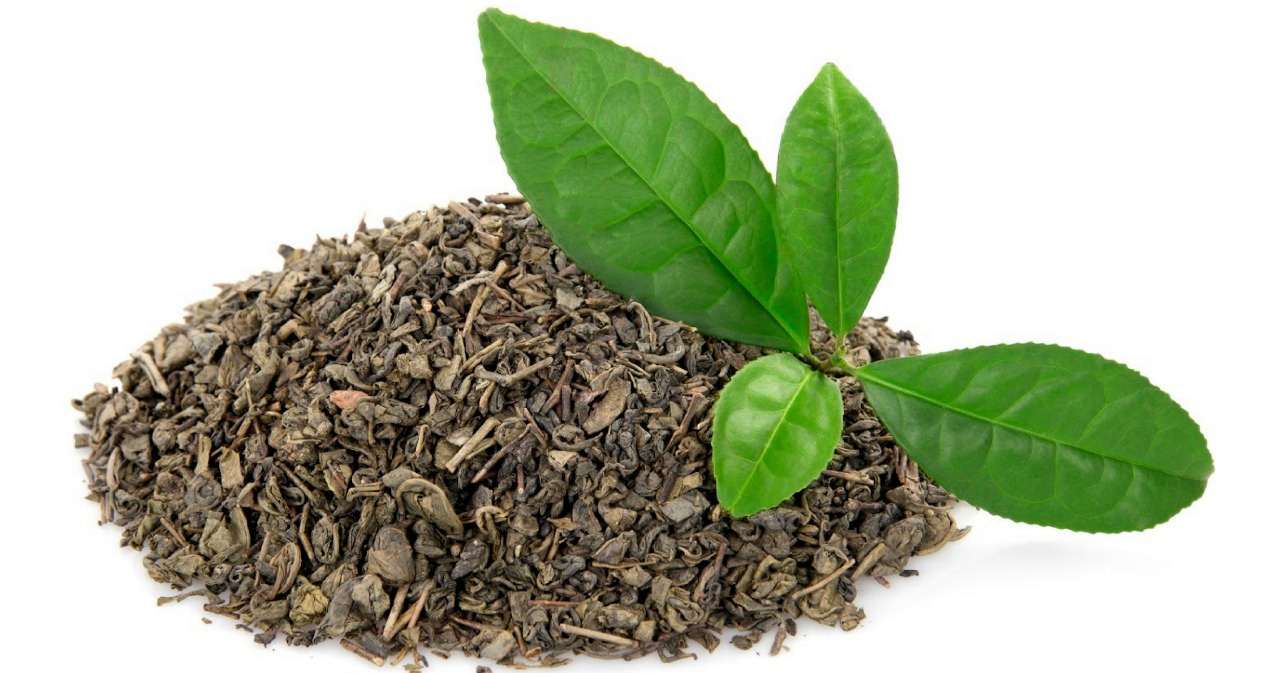
Better Flavor Profile: Loose leaf tea often provides a fuller and more nuanced flavor compared to tea bags. The leaves have more room to expand during brewing, allowing for a better infusion of flavors.
Higher Quality: Loose leaf teas are often made from whole or larger tea leaves. The larger leaves generally retain more essential oils, aroma, and flavor compounds, contributing to a higher-quality tea.
Variety and Specialty Blends: Loose leaf tea offers a wide variety of options, including single-origin teas, blends, and specialty teas. This allows tea drinkers to explore different flavor profiles and find teas that suit their preferences.
Customization: Loose leaf tea allows for more precise control over the quantity of tea used, brewing time, and water temperature. This level of customization enables tea drinkers to tailor the brewing process to their preferences and achieve the desired strength and flavor.
Environmental Considerations: Loose leaf tea is often perceived as a more environmentally friendly option compared to some tea bags. Many tea bags are made with paper and may include plastic, which can contribute to waste. Loose leaf tea, when packaged in eco-friendly materials, may be considered a more sustainable choice.
Better Presentation: Loose leaf teas can be visually appealing, showcasing the whole leaves, buds, and sometimes added ingredients like flowers or herbs. The presentation adds to the overall tea-drinking experience.
Reusability: Some tea enthusiasts enjoy the ability to reuse loose tea leaves for multiple infusions. Many high-quality loose leaf teas can withstand multiple steepings, providing value for money.
Economical: In some cases, loose leaf tea can be more cost-effective than tea bags, especially when considering premium or specialty teas. The price per serving may be lower when purchasing in bulk.
Reduced Packaging Waste: Loose leaf tea typically involves less packaging than individually wrapped tea bags. This can result in less waste and a smaller environmental footprint.
Artisan and Small-Batch Teas: Many artisan and specialty teas are available primarily in loose leaf form. These teas often represent unique blends, rare varieties, or limited editions that may not be found in standard tea bags.
Proper storage is crucial for maintaining the freshness, flavor, and quality of Assam tea. Here are some tips for storing Assam tea effectively:
Airtight Container: Store Assam tea in an airtight container to prevent exposure to air, which can lead to oxidation and loss of flavor. Choose a container with a tight-sealing lid to maintain freshness.
Opaque Container: Assam tea, like many other teas, can be sensitive to light. Use an opaque container to protect the tea leaves from direct sunlight, as UV rays can degrade the quality of the tea over time.
Cool and Dark Environment: Store Assam tea in a cool, dark place. Avoid exposure to heat, as excessive warmth can lead to the deterioration of tea flavors. A cupboard or pantry is an ideal location.
Avoid Strong Odors: Tea leaves can absorb surrounding odors. Keep Assam tea away from strong-smelling items, such as spices or stored foods, to preserve its natural aroma and taste.
Avoid Moisture: Moisture can adversely affect tea leaves and lead to the growth of mold. Ensure that the storage container is kept in a dry environment. If you live in a humid climate, consider using moisture-absorbing packets in the tea container.
Use Double Sealing Bags: If storing larger quantities of Assam tea, consider using double sealing bags. Place the tea in a resealable bag first and then store it in an airtight container for an added layer of protection.
Avoid Freezing or Refrigeration: While it might be tempting to use the refrigerator or freezer to extend the shelf life of tea, it’s generally not recommended. The cold and fluctuating temperatures, as well as moisture in the refrigerator, can negatively impact the tea’s flavor and quality.
Purchase in Small Batches: To ensure you use the tea while it’s still fresh, consider purchasing Assam tea in smaller quantities. This helps minimize the time the tea spends in storage.
Rotate Stock: If you have multiple containers of tea, practice stock rotation. Use older batches before opening new ones to ensure that you’re always consuming the freshest tea possible.
Keep Original Packaging: If the Assam tea comes in a sealed, airtight pouch with a resealable feature, consider keeping the tea in its original packaging. Ensure that the package is sealed properly after each use.
Remember that proper storage is essential for preserving the quality of Assam tea, and the goal is to protect it from air, light, moisture, and strong odors. Following these tips can help you enjoy the full flavor and aroma of your Assam tea for an extended period.
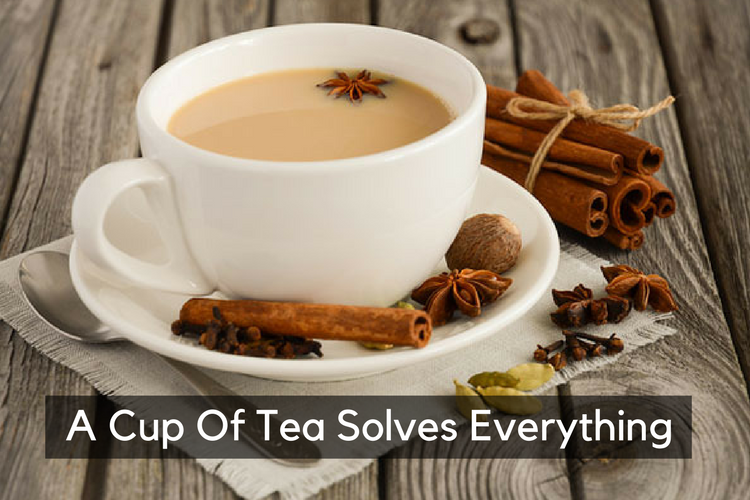
There are various types of tea, each with its own unique flavor, aroma, and characteristics. The primary types of tea are derived from the Camellia sinensis plant, and the differences arise from factors such as processing methods, oxidation levels, and growing conditions. Here are the major types of tea:
Black Tea:
…………………
Processing: Fully oxidized.
Flavor Profile: Bold, robust, and often malty. Can range from sweet to astringent.
Examples: Assam, Darjeeling (black tea variants), Ceylon, Keemun.
Green Tea:
………………
Processing: Unoxidized or minimal oxidation.
Flavor Profile: Fresh, grassy, vegetal, and sometimes sweet.
Examples: Sencha, Dragon Well (Longjing), Matcha, Gunpowder, Gyokuro.
White Tea:
……………….
Processing: Minimal oxidation, typically made from young leaves and buds.
Flavor Profile: Delicate, light, and subtle. May have floral or fruity notes.
Examples: Silver Needle, Bai Mu Dan (White Peony), Shou Mei.
Oolong Tea:
…………………
Processing: Partially oxidized, falls between green and black tea.
Flavor Profile: Ranges from floral and fruity to toasty and robust, depending on oxidation levels.
Examples: Tie Guan Yin, Da Hong Pao, Formosa Oolong.
Pu-erh Tea:
……………………
Processing: Fermented and aged, either as a raw (sheng) or ripe (shou) tea.
Flavor Profile: Earthy, robust, and complex. Improves with age.
Examples: Sheng Pu-erh, Shou Pu-erh, Pu-erh Tuocha.
Yellow Tea:
………………….
Processing: Similar to green tea but with an additional step called “smothering” or “sealed yellowing.”
Flavor Profile: Mild, with a slightly sweet and mellow taste.
Examples: Junshan Yinzhen, Meng Ding Huang Ya.
Herbal Tea:
………………..
Ingredients: Made from herbs, fruits, flowers, and spices, not from the tea plant.
Flavor Profile: Varies widely depending on the ingredients. Can be floral, fruity, spicy, or herbal.
Examples: Chamomile, Peppermint, Hibiscus, Rooibos.
Flavored Tea:
…………………..
Ingredients: Traditional teas infused or blended with added flavors.
Flavor Profile: Depends on the base tea and added flavors. Can be fruity, floral, or spiced.
Examples: Earl Grey (black tea with bergamot), Jasmine Green Tea, Chai.
Blooming Tea (Artisan or Display Tea):
…………………………………………………………..
Ingredients: Hand-tied bundles of tea leaves and edible flowers.
Flavor Profile: Floral and visually striking. Unfolds when steeped.
Examples: Flowering Jasmine Tea, Display Blooming Tea.
These categories cover a broad range of teas, and each category can include numerous sub-varieties and blends. The flavor and characteristics of the tea are influenced by factors such as terroir, climate, and specific processing techniques.
Flavored teas are created by combining traditional teas (such as black, green, white, or oolong) with various natural or artificial flavorings. The addition of flavorings enhances the taste and aroma of the tea, offering a wide variety of options for tea enthusiasts. Here are some common types of flavored teas:
Earl Grey:
……………..
Base Tea: Black tea (usually Darjeeling or Assam).
Flavoring: Bergamot oil, which imparts a distinctive citrusy and floral aroma.
Jasmine Tea:
……………………
Base Tea: Green tea (commonly Chinese green tea).
Flavoring: Jasmine blossoms, resulting in a fragrant and floral taste.
Chai Tea:
…………….
Base Tea: Black tea (typically Assam).
Flavorings: Spices such as cinnamon, cardamom, ginger, cloves, and black pepper. Often brewed with milk and sweetened.
Vanilla Black Tea:
…………………………..
Base Tea: Black tea.
Flavoring: Vanilla extract or natural vanilla flavor, adding a sweet and creamy note.
Mint Tea:
……………..
Base Tea: Usually green tea or herbal tea (such as peppermint or spearmint).
Flavoring: Mint leaves or natural mint flavor, resulting in a refreshing and cooling taste.
Fruit Infusions:
……………………..
Base Tea: Herbal tea or blends without actual tea leaves.
Flavorings: Dried fruits, berries, and other botanicals. Examples include berry blends, apple-cinnamon, and citrus-infused teas.
Lemon Ginger Tea:
…………………………..
Base Tea: Often herbal or green tea.
Flavorings: Lemon zest and ginger, creating a zesty and spicy combination.
Peach Black Tea:
………………………..
Base Tea: Black tea.
Flavoring: Peach extract or natural peach flavor, offering a sweet and fruity taste.
Coconut Chai:
……………………
Base Tea: Black tea.
Flavorings: Chai spices with the addition of coconut, providing a tropical and spiced flavor.
Chocolate Mint Black Tea:
………………………………………..
Base Tea: Black tea.
Flavorings: Cocoa nibs or chocolate essence with mint, combining the richness of chocolate with the freshness of mint.
Rose-flavored Tea:
……………………………
Base Tea: Often green or black tea.
Flavorings: Dried rose petals or rose essence, creating a floral and aromatic tea.
Blueberry White Tea:
………………………………
Base Tea: White tea.
Flavorings: Dried blueberries or natural blueberry flavor, offering a sweet and fruity infusion.
These are just a few examples, and the world of flavored teas is vast. Many tea companies and artisans create unique blends by combining different base teas with an array of flavorings, resulting in diverse and enticing options for tea lovers.
Determining the “best tea in India is subjective, as it depends on personal preferences and taste. India is renowned for producing a diverse range of teas, each with its unique characteristics.
Solanki Tea is known for offering premium teas, including Assam Dust teas, green tea and Jaggery Tea premix. They focus on single estate teas with authentic and distinctive flavors. solanki tea is a company that emphasizes quality sourcing and offers a variety of teas, including Assam blends. They focus on providing ethically sourced teas. Solanki Tea is one of the best Tea Wholesaler in Navi Mumbai. We are more of a legacy that has now continued for more than 25 years. Our Tea wholesaler in Navi Mumbai brings you premium quality tea from the plantations of Assam, Darjeeling, Munnar, and every place where the authenticity of tea is renowned globally. Known for authenticity, our products define the ecstatic miracle of tea.
| Product List | Price List |
|---|---|
| CTC Tea | Buy Now |
| Green Tea | Buy Now |
| Flavoured Tea | Buy Now |
| Premix Tea | Buy Now |
| Yellow Tea(1 kg Pack) | Buy Now |
| Assam Tea(1 kg Pack) | Buy Now |
| Elaichi Tea(1 kg Pack) | Buy Now |
| Select Tea(500 Grams Pack) | Buy Now |
| Premium Tea(5 kg Pack) | Buy Now |
| Gold Tea(5 kg Pack) | Buy Now |
| Select Tea(250 Gram Pack) | Buy Now |
| Gold Tea(250 Gram Pack) | Buy Now |
| Green City Tea(250 Gram Pack) | Buy Now |
| Supreme Tea(250 Gram Pack) | Buy Now |
| Bobby Elaichi Tea(250 Gram Pack) | Buy Now |
| Elaichi Tea(250 Gram Pack) | Buy Now |
| Assam Tea(100 Gram Pack) | Buy Now |
| Amrutulya Masala Tea(500 gram Pack) | Buy Now |
| Amrutulya Masala Tea(1 KG Pack) | Buy Now |
| Chocolate Flavoured Tea | Buy Now |
| Mango Flavoured Tea | Buy Now |
| Cardamom Flavoured Tea | Buy Now |
| Masala Flavoured Tea | Buy Now |
| Pan Flavoured Tea | Buy Now |
| Lemongrass Flavoured Tea | Buy Now |
| Kesar Elaichi Flavoured Tea | Buy Now |
| Plain Kadak Tea | Buy Now |
| Ginger Tea | Buy Now |
| Tulsi(Basil) Tea | Buy Now |
| Rose Flavoured Tea | Buy Now |
| Irani Tea | Buy Now |
| Green Tea | Buy Now |
| Premix Tea | Buy Now |
| Jaggery(Gud) Tea | Buy Now |
| Lemon Tea | Buy Now |
| Noon Tea | Buy Now |
| Kashmiri Kawha | Buy Now |
| Kashmiri Tea | Buy Now |
A 1 kg pack should cost you anywhere from INR 200 to INR 400, depending upon its quality and brand.
Buy 100% Authentic and Delicious Tea from Solanki Tea – A brand based out of the Assam Region itself, Solanki Tea aims to bring the best of Assam exclusives at the fingertips of the worldwide audience.
Whether you have already tried Hotel dust Tea in Assam and are looking to relive the experience or want to try it for the first time, Solanki Tea is your place. The quality of our Assam Tea leaves is unmatched and hard to find elsewhere. Buy it once and we are sure you’ll come back for more Solanki tea. – Buy Now
Conclusion –
Keeping in mind all types of tea-loving people, we have detailed information about the best tea brands in today’s discussion. Hopefully, this will be a great help for them.
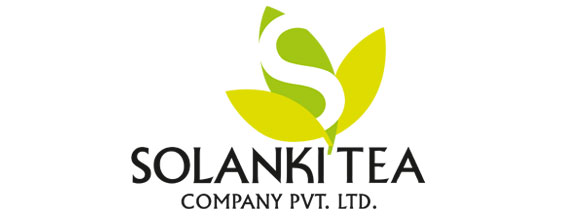
Wholesale, Bulk Tea Partner
1) Become A Wholesale Tea Partner With solanki Tea
2) Do you run a cafe, hotel, retail shop or a gift planner and have a regular need to procure the finest tea blends for your decerning customers.
3) As long as you are looking for the best quality teas, we at Solanki Tea are happy to extend our full support.
4) Solanki Tea is a premium tea wholesaler offering a vast selection of directly sourced teas from across India, after tasting by expert tea tasters.
5) We offer a great selection of exotic premium organic, loose hotel dust tea from Darjeeling, Assam, Sikkim, Kangra, Terai and Nepal at bulk and wholesale. As a wholesale loose leaf tea supplier, we assure that our teas are obtained from India’s various tea manufacturing regions, and unassuming to suit you and your customer’s palate. The competence, experience and expertise guarantees the finest teas at the most appropriate rates.
We support small retailers worldwide who wish to purchase tiny quantities of the finest and most exotic retailing/online sales.
Get in touch today!

![]()